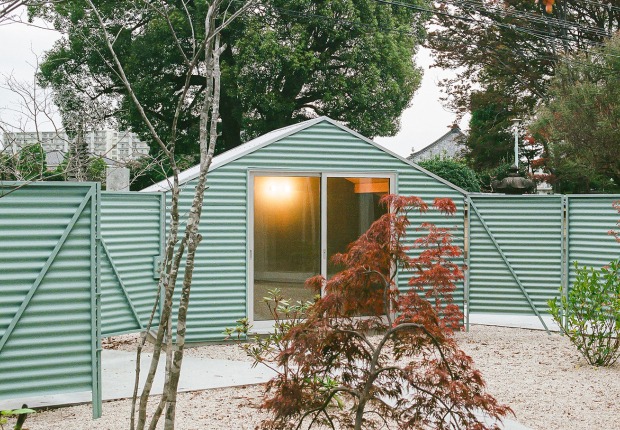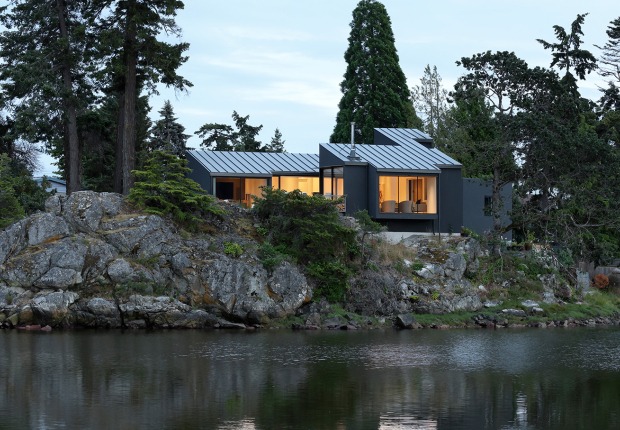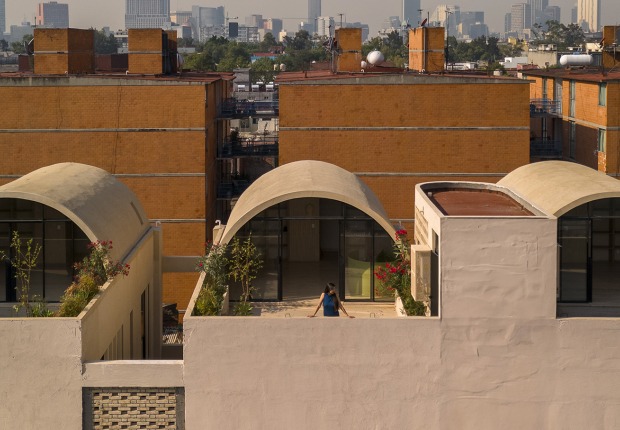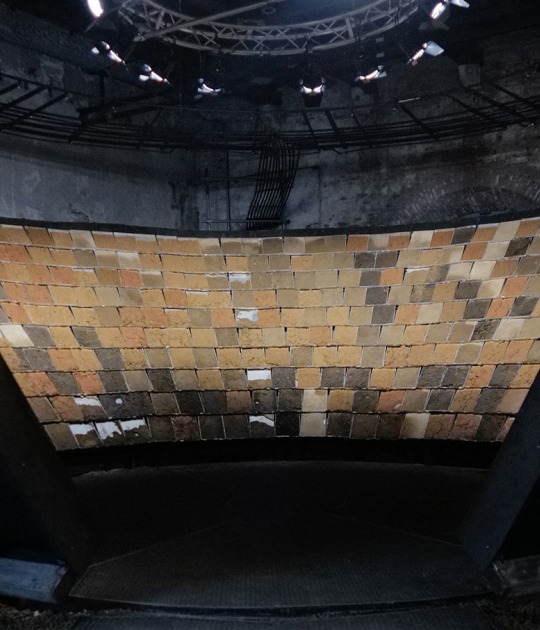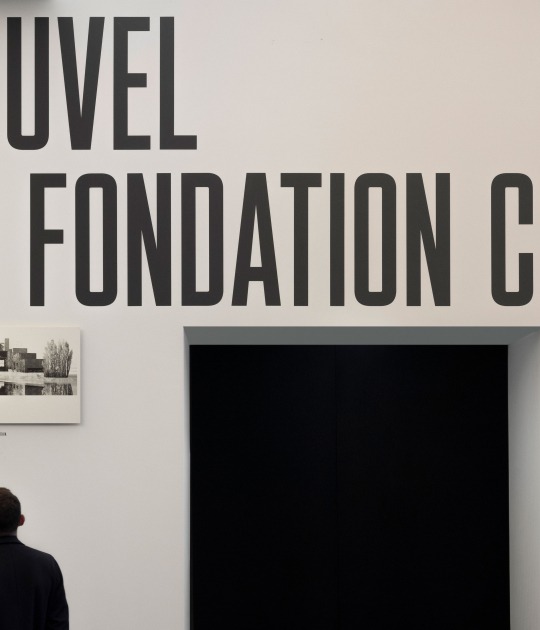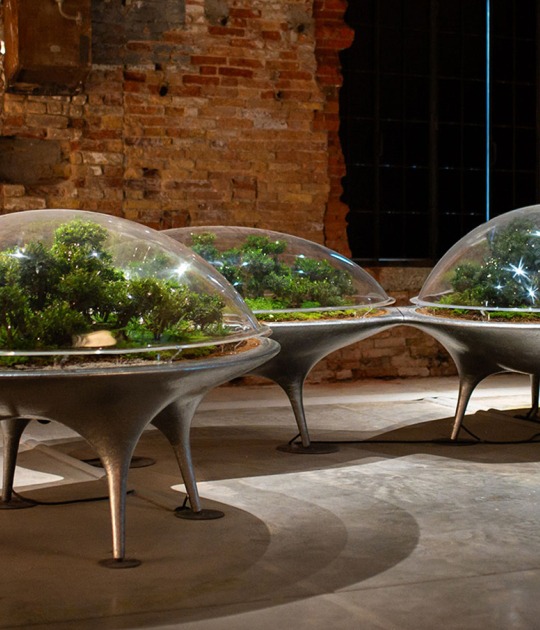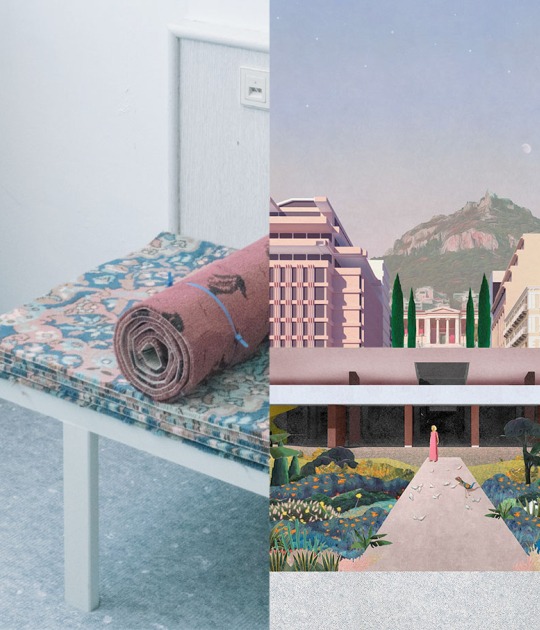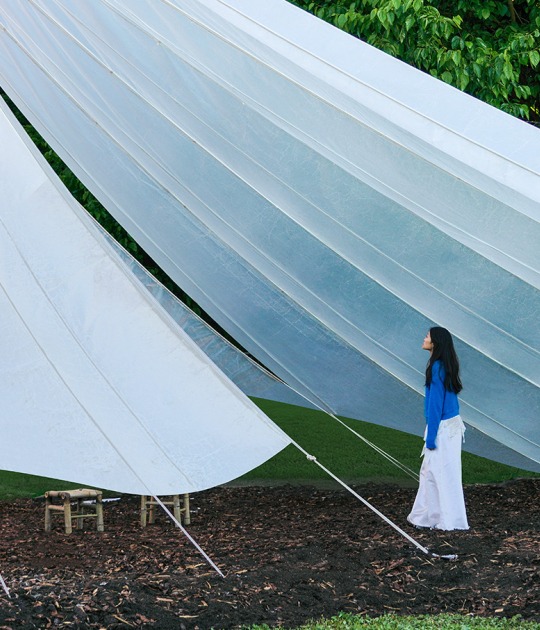Exhibition
The exhibition in the Austrian pavilion opens in the Giardini della Biennale in Venice on May 20, 2021, 3pm CEST, and presents—in different media and formats—a comprehensive analysis of platform urbanism. The spectrum of works extends from theoretical positions and urbanist manifestos to studies of spatial typologies and fantastical collages. While the exterior space of the pavilion focuses on the visitors’ own participation in platforms, the interior space invites engagement with the theme guided by dozens of theorists, architects and artists from all over the world coming together as invited exhibitors in the Austrian pavilion.
Between September 2020 and March 2021 these contributors produced hundreds of blog posts from their homes and workplaces. Their texts can now be read online and form part of the multimedia installation in the Austrian pavilion in Venice.
Description of project by PLATFORM AUSTRIA
PLATFORM AUSTRIA ON THE PHENOMENON OF PLATFORM URBANISM
Platform urbanism is one of the most controversial topics of discussion in the field of architecture. Digital platforms such as Facebook, Google and Amazon are increasingly permeating all areas of our lives and beginning to dissolve old orders and structures. PLATFORM AUSTRIA will inquire into the development of our cities associated with the rise of platform urbanism and will transform the pavilion itself into a platform for active critical engagement with the potentials of the future and
its architecture.
Until now the built form of cities has been regarded as the organisational structure best suited to the fulfilment of public tasks. This is witnessed not least by the ongoing growth of metropolitan cities. In their contribution to the Austrian Pavilion at the Biennale Architettura 2021 the curators Peter Mörtenböck and Helge Mooshammer will investigate the role digital platforms could play in the future. Will they assume a higher status than cities, and how will these two organisational models relate to one another? Are we seeing the rise of a “platform urbanism” for which virtual connections are more important than our lives in real space? Will the urban space dissolve into island-like zones in which only fragments of social exchange remain?
“The change from “architecture as a good” to “architecture as a service” is also producing a decisive shift in terms of the goals of architectural design. Values such as durability, diversity and local referencing are being sidelined in favour of simply registered visual messages, compatibility with global cultures and rapid reproducibility.”
Helge Mooshammer.
Platforms are increasingly determining the character of our coexistence, our economy, our health and education systems and our culture. They are forming powerful monopolies whose most important resource is our participation. However, this participation is highly restricted, as many people are experiencing first hand in the current COVID-19 crisis.
With PLATFORM AUSTRIA the two curators are reclaiming the right to co-determination of the basic conditions governing these developments. Due to current circumstances, the programme format will be adapted over the coming months to ensure access to this debate that is as broad and focussed as possible.
In the course of this preparatory work the interconnection of the exhibition in the pavilion with the different online channels of PLATFORM AUSTRIA will be made even more central.
The original exhibition concept relied heavily on the political power of physical presence. PLATFORM AUSTRIA aimed to provide a locus of congregation. But it is precisely this possibility that the COVID-19 pandemic has curtailed. The adapted exhibition concept will utilise the power of images and signs in order to generate a communicative presence and to facilitate urgently required discussions. The goal of PLATFORM AUSTRIA remains the same: to take full advantage of the unique forum provided by the Biennale Architettura and to search collaboratively for the architecture we would like to see in the future.
Given that the form taken by platform urbanism ultimately concerns the fundamental question of what forms of society we aspire to, PLATFORM AUSTRIA hopes to provide a significant response to the question posed by chief curator Hashim Sarkis: “How will we live together?”
“We welcome the announcement that the Biennale is to be postponed until 2021. This is an important strategic decision, one that will allow the Austrian contribution to be realised in a way that does justice to the status of the Biennale as the world’s most important architectural exhibition. We hope that the planned changes will allow the exhibition to be experienced by a larger public under more agreeable conditions.”
Peter Mörtenböck and Helge Mooshammer.





































